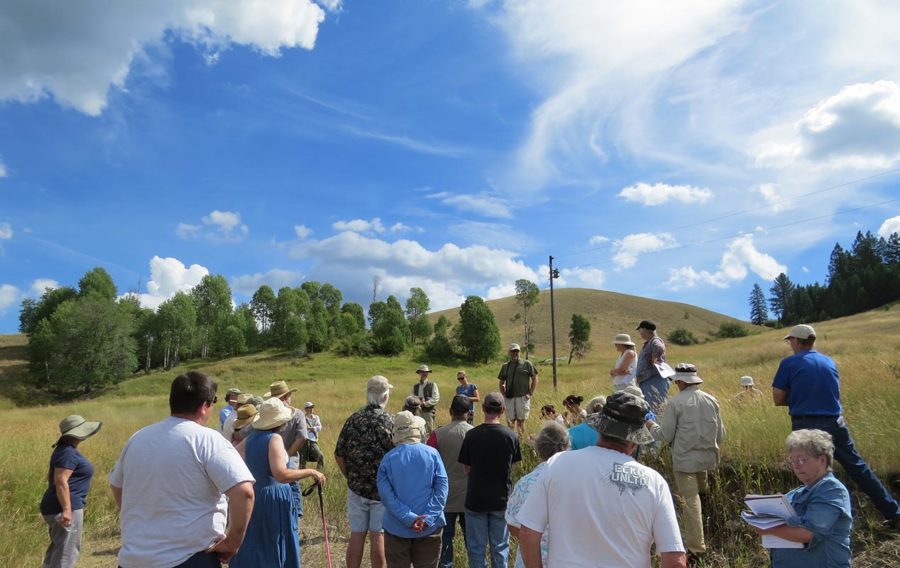Grassland Ecology and Grass Identification, Field Trip
This Highland Wonders event provided an opportunity to learn from one of the region’s premier grass experts, Don Gayton, who discussed our local grassland ecology and grass plant identification. Community members did not have to be botanists to enjoy this two-part indoor/outdoor event, as everyone from the greenhorn to the conversant could get something from Don’s wealth of knowledge. Topics covered included grassland types, invasive plants, grazing and fire interactions, and simplified methods of identifying grasses.

